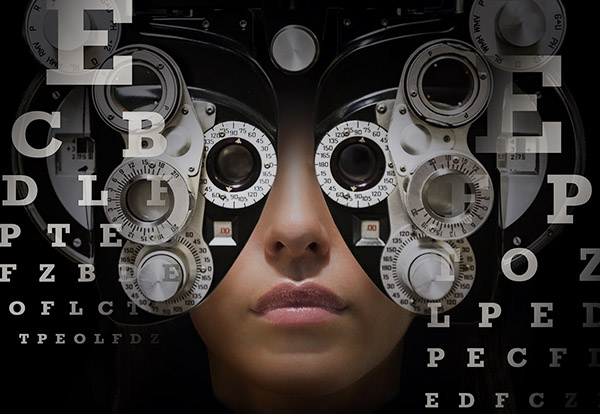I didn't really set out to test the weather proofing of the Fuji X-Pro2 when I left to photograph some of the remote areas of Central Park this weekend. The day started off moist and hazy with a bright white sky, the type of weather situation I like for photographing in the woods. Rain was expected so I anticipated getting wet while out photographing, but I never mind that so long as my gear doesn't give out on me.
To keep my pack light I took only two lenses, the weather resistant Fuji 16-55mm f/2.8 zoom and the Zeiss 50mm f/2.8 macro for close-ups. As you can see from the first photo below, the rain came down heavily for part of the time.
Two things I particularly like about photographing in this type of weather are, first, the way the distant, bright areas mist out into a soft haze, and, second, the shade of green that comes from the overcast. I used a Provia color mode with an auto white balance for most of the shots. The monochrome images were processed in Acros mode with no filter.
After a few hours of photography, both the camera and I were thoroughly soaked with rain. Both of us survived the experience well enough to fight another day.

























